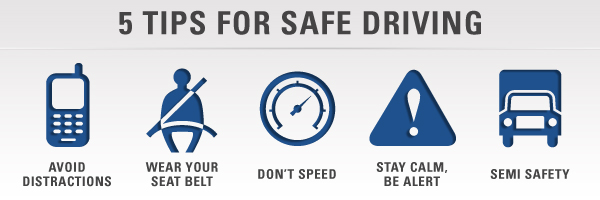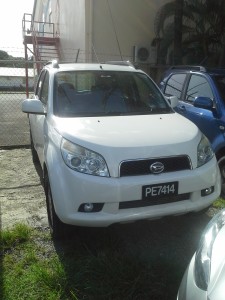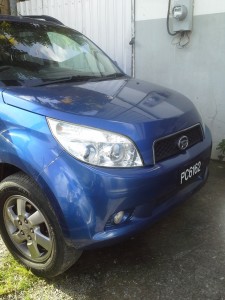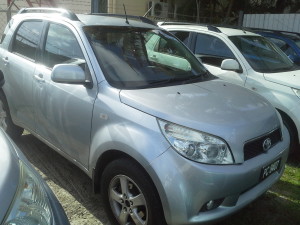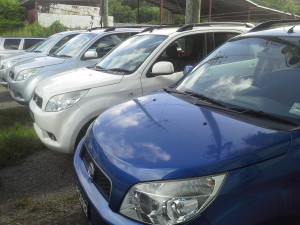1. Avoid distractions
Put the phone down, seriously. Consider getting a hands free device like a blue tooth, and stop texting! Cell phones aren’t the only things that can be a distraction. Eating, adjusting the radio, putting on makeup, and reading directions are all a good way to get into an accident.
2. Wear your seat belt
Simply put, seat belts save lives. If they are worn correctly, they prevent you from being thrown out the vehicle or thrown around the vehicle during a crash. We’ve all heard the stories of people that would have survived if they had not been wearing their seat belt, but the National Highway Traffic Safety Administration reveals that more than half of all accident fatalities were because people chose not to wear their seat belt.
3. Don’t speed
Slow it on down Speedy. We’ve all got places to be, people to see, and things to do, but risking your safety and someone else’s isn’t worth it. The National Highway Traffic Safety Administration estimates that speeding accounts for $40.4 billion in damage each year. Be especially cautious in neighborhoods and school zones, and remember that children don’t always think to look for cars.
4. Stay calm, be alert
Sometimes you just need to chill. Road rage can get the best of us, but you’ve got to remember that getting aggressive by honking, swerving, tailgating, and making offensive gestures doesn’t do any good. You’re only increasing your risk of accident, which is why you probably got upset at the other driver in the first place. So, doing something stupid because they did something stupid results in a lot of stupidity.
Be alert and always assume that other drivers could be drowsy, under the influence, not paying attention, or being reckless, which is why you’ve got to be on your A game.
5. Semi Safety
Since we’re in the business of being on the road, we promote driving safely. We strive to be model examples of good, courteous drivers.
Know that trailer trucks can’t stop as fast and we need quite a bit of room. Don’t cut trailer trucks off or try to turn alongside us. We make wide turns because we’re wide. We need all that room to turn and an 18-wheeler has a lot of blind spots, so if you turn next to one they may not even see you until it’s too late. Even though they’ve got a lot of mirrors, they’ve got a lot of blind spots and we still have a long way to look back. The average length of a trucks is about 40-60 feet, so sometimes it’s a bit hard to see everything.

